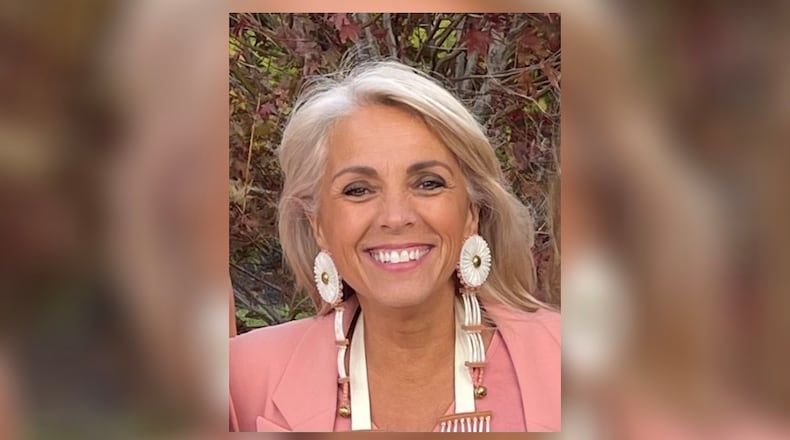While some may think of intimate partner violence as primarily a private matter, the truth is that all of Hamilton bears the cost in ways both obvious and hidden – and it’s expensive. A new study from the Ohio Domestic Violence Network, released early in 2025, found that perpetrators of domestic violence cost Ohio more than $1.2 billion every year. For Butler County, the economic cost of domestic violence totals more than $38.5 million every single year.
The highest costs annually come from physical health care for victims ($264.8 million); loss of life ($239.9 million); and the effects on Ohio businesses with loss of worker productivity ($227.7 million). Those costs ripple out throughout the state with increased expenses for law enforcement, the judicial system, incarcerating abusers, and for the long-term impact domestic violence has on children.
One example: a murder-suicide in Hamilton took the lives of both a mother and a father. Their daughter lost both her parents, and now lives with her grandparents. Children who witness violence in their homes, often repeatedly, feel the impact of that echoing in their lives for years.
Currently, the Ohio legislature is considering the state budget for 2026-2027. Dove House is grateful to Gov. Mike DeWine and Attorney General Dave Yost for including $20 million to support Ohio’s 76 domestic violence programs in their proposed budgets – a smart investment that will save Ohio much more than it spends.
State funding for domestic violence services is critical. If federal funding is cut – a very real danger – the impact will be catastrophic, and some shelters will likely close.
A primary reason women stay in abusive situations is because they can’t afford to leave. One survivor here in Hamilton had been in an abusive relationship for about five years. She has two children, and police had repeatedly been called to the home. Her abuser also stalked her at her job, and the employer found those incidents so disruptive and threatening that she got fired. Even when she did work, her abuser took her paycheck. Perpetrators often confiscate a survivor’s driver’s license and their children’s birth certificates to keep them from fleeing. It’s very much about controlling the purse.
Many survivors of domestic abuse have experienced traumatic brain injuries (TBIs) from being hit in the head, strangled, thrown against a door or a wall – sometimes blacking out more times than they can count. TBIs can leave survivors with neurological challenges, causing difficulty with time management, keeping track of details and problem-solving.
Some landlords require an income of three times the monthly rent in order to qualify. Given all this, it’s not surprising that it’s difficult for survivors economically, emotionally and practically to leave.
The National Coalition Against Domestic Violence estimates 38% of Ohio’s women and 33% of the state’s men will experience intimate partner violence, rape or stalking at least once in their lifetime. Currently, Ohio has more than 188,000 victims of intimate partner violence each year, with 114 documented fatalities from July 1, 2023 through June 30, 2024. Those deaths ranged from a 4-month-old baby to an 85-year-old woman, and included 15 children and teenagers and five pregnant women.
The new report from ODVN makes it clear: for Ohio, funding domestic violence services is a great investment. It saves money and saves lives.
Wendy L. Waters-Connell is chief executive officer and executive director of YWCA Hamilton, which operates Dove House and provides domestic violence services for Butler County.
